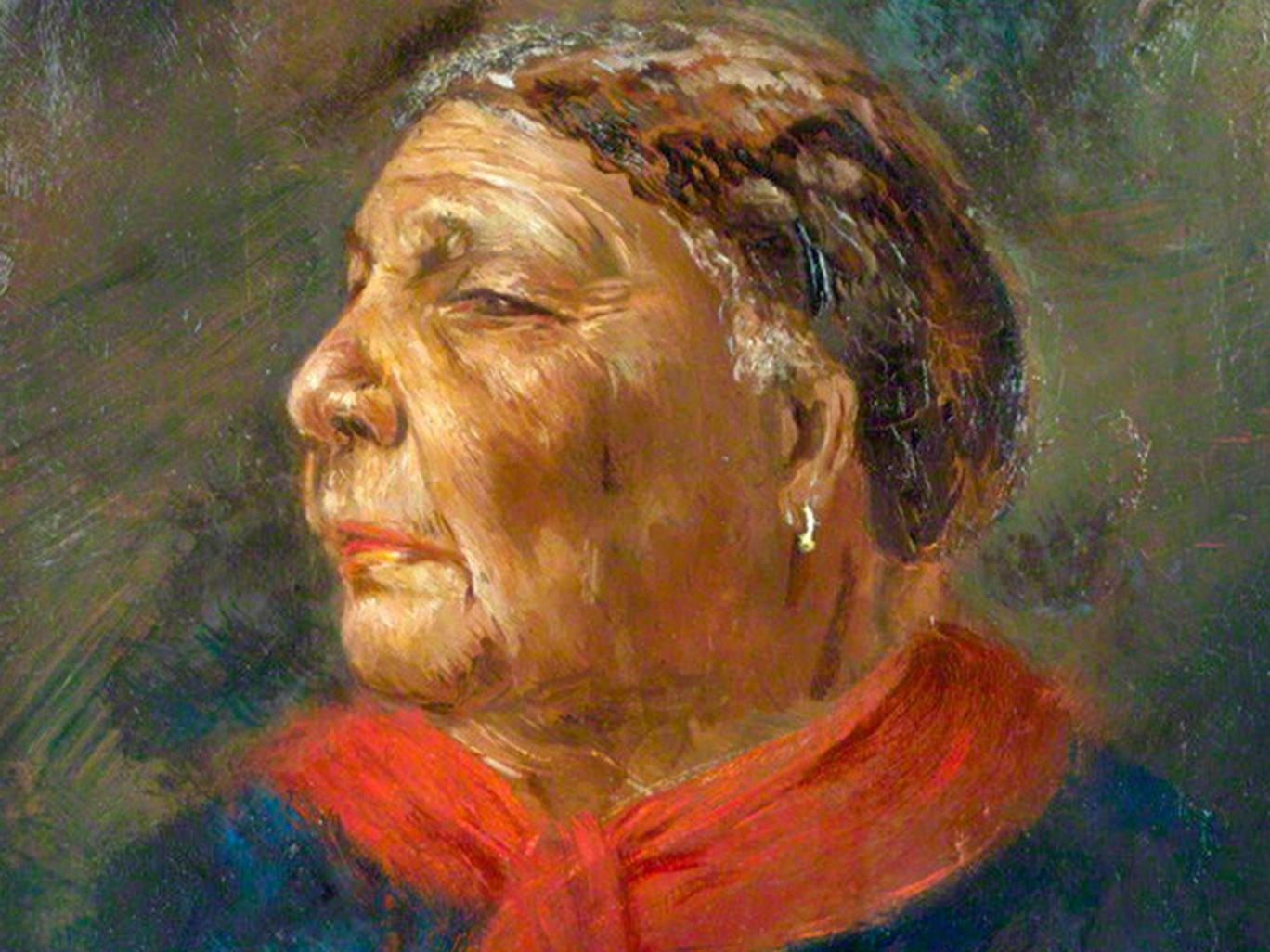The Black, British Atlantic: Blackness in Victorian Literature
University of Illinois at Urbana-Champaign
2014
Donghee Om
My dissertation is about transnational aspects of the Victorian era from the vantage point of what Paul Gilroy described more than two decades ago as the “black Atlantic.” Looking at various ways in which the black Atlantic was at times a British Atlantic, my dissertation aims to complicate a flow of discussion that Gilroy’s Americanist successors have interpreted largely in light of U.S. slavery and its discursive contexts. Specifically, I explore how some nineteenth-century British authors such as Jane Austen, Elizabeth Barrett Browning, Mary Seacole, and Wilkie Collins rejected popular notions of blackness as a racial marker of African slavery with its implied negative qualities. Instead, their works convey a different idea about blackness as a pliable marker of cultural agency that not only constitutes a part of English culture, but is performed by people regardless of racial affiliation. This notion of blackness as performative signifier goes beyond the slavery metaphor in Victorian literature to frame an interpretive paradigm that allows us to read blackness in broader socio-political contexts.
As I show how canonical and non-canonical nineteenth-century British literature used various kinds of black performativity to undo essentialist notions of blackness, race, and identity itself, I demonstrate the integral status of blackness in Victorian literature. This in turn points to nineteenth-century English culture not as an isolated entity that imposed itself on Africans and on slave-owning colonies of the British Empire, but as participant in a larger cultural network called the black Atlantic. The black Atlantic thus invites us to revise British literature and culture by questioning the assumed homogeneity of white-centrism and even the stability of whiteness itself as foundational for English identity.
In the first chapter, I look at how Jane Austen’s Mansfield Park (1814) and Persuasion (1818) engage blackness without featuring a single black or mixed-race character. Reading this absence as literary strategy, I argue that the two novels reject the popular view of blackness as too restrictively applied to oppression and marginalization, and associate it instead with women’s autonomy and social participation in an era of heightened debate over slavery following the 1807 Slave Trade Act. Here blackness comes to represent an ethically viable form of women’s autonomy that doesn’t necessarily unsettle the established social order even as it challenges the mercantile logic of sexual hierarchy represented by the corrupt marriage market. In fact, by validating women’s autonomy in the context of middle-class ethics, Austen suggests that such autonomy is a prerequisite of social stability.
Chapter two explores how Elizabeth Barrett Browning’s three antislavery poems—“The Runaway Slave at Pilgrim’s Point” (1847/1848), “Hiram Powers’ Greek Slave” (1850), and “A Curse for a Nation” (1855/1866)—extend beyond the issue of American slavery to address British racism. Representing blackness as a signifier of artistic creativity, the poems aesthetically challenge essentialist notions of black inferiority in a mid-Victorian society troubled by post-abolition economic decline and colonial unrest in the British West Indies. EBB’s antislavery poems thus work to liberate blackness from the chains of racial essentialism and draw on black performativity to expand the language of the poet’s social criticism.
Chapter three investigates Mary Seacole’s performative identity in her travel narrative, Wonderful Adventures of Mrs. Seacole in Many Lands (1857). Knowing her Victorian readers will be predisposed to read her mixed-race body as a marker of otherness, Seacole plays with their belief in ways that de-essentialize race: first, she disrupts whiteness as a racial signifier ontologically grounded in skin color by portraying her successful performance of the idealized English mother in the Crimea. Seacole then represents her physical “blackness” as a marker of life-saving hybrid medicine, a cultural signifier that revises racist notions of identity. In the process, she exposes Englishness as an unstable marker of identity that can be performed by people of different races.
Chapter four considers how Wilkie Collins problematizes binaristic notions of race in Armadale (1866), Miss or Mrs? (1873), and The Guilty River (1886). Collins’s radical reevaluations of racial others vis-à-vis Englishness and Britishness come at a time when a series of colonial uprisings like the Indian “Mutiny” and the Morant Bay rebellion exacerbated the growing acceptance of permanent racial hierarchies (as opposed to the older notion of eventual human universality). Armadale emphasizes blackness as a marker of sympathy—the essential element of English morality seldom seen in the author’s time. Affirming blackness as the moral essence of Englishness, Miss or Mrs? and The Guilty River reflect Collins’s growing frustration with the way a kind of binaristic thinking he challenged in Armadale continued to thrive in English society. These texts ultimately call for understanding English identity as an ongoing expression of inter-racial, inter-cultural reciprocity.
Login to read the dissertation here.



